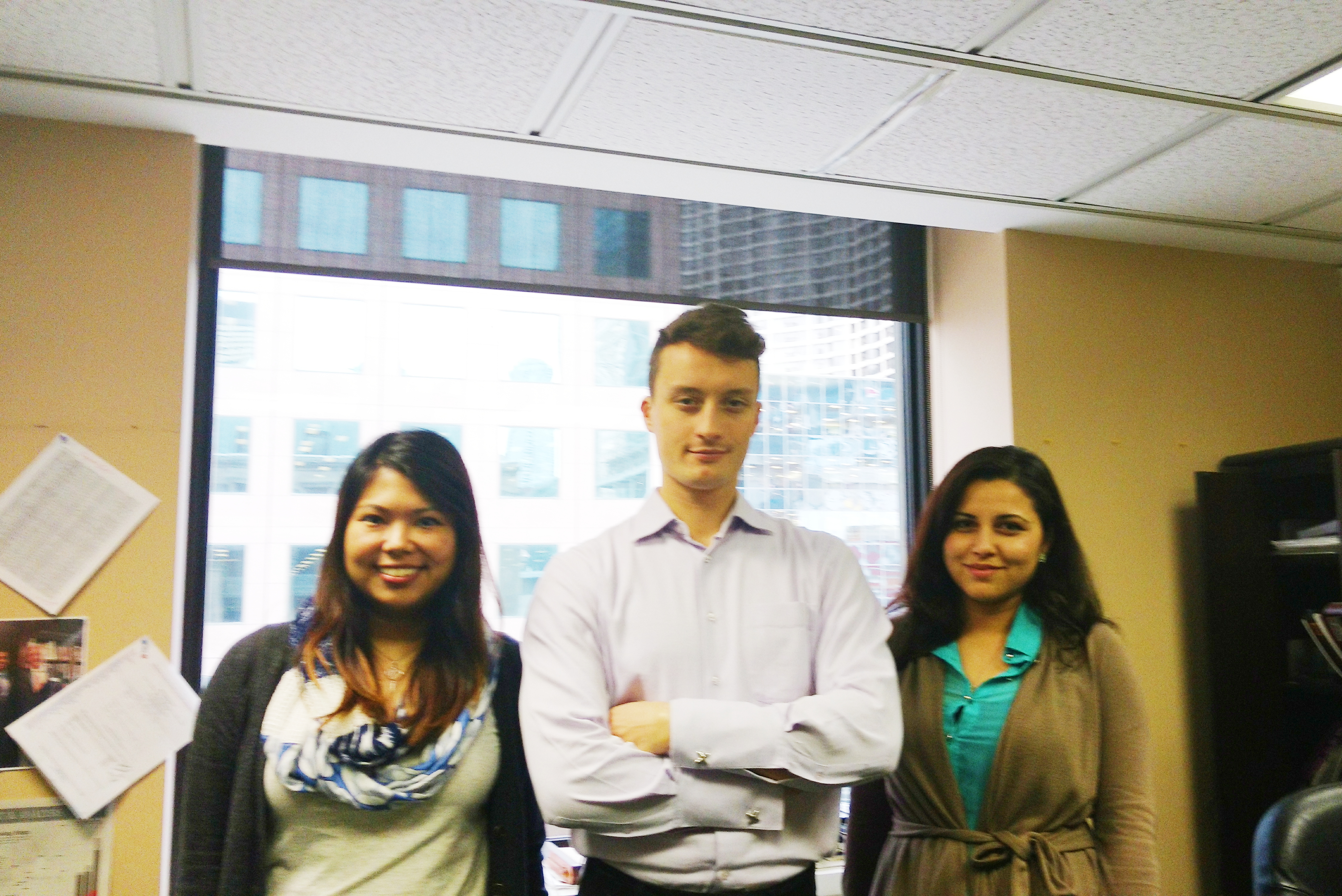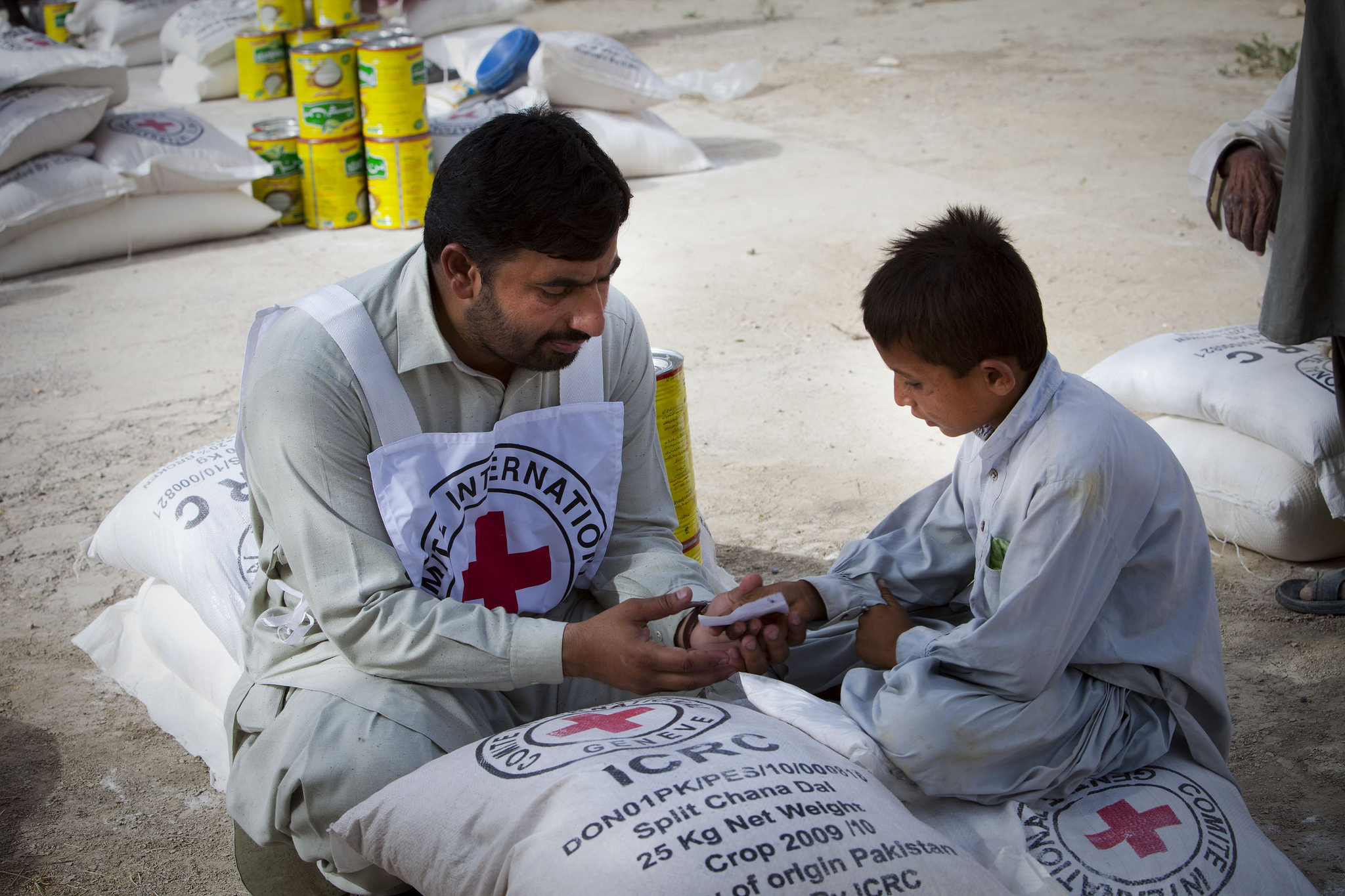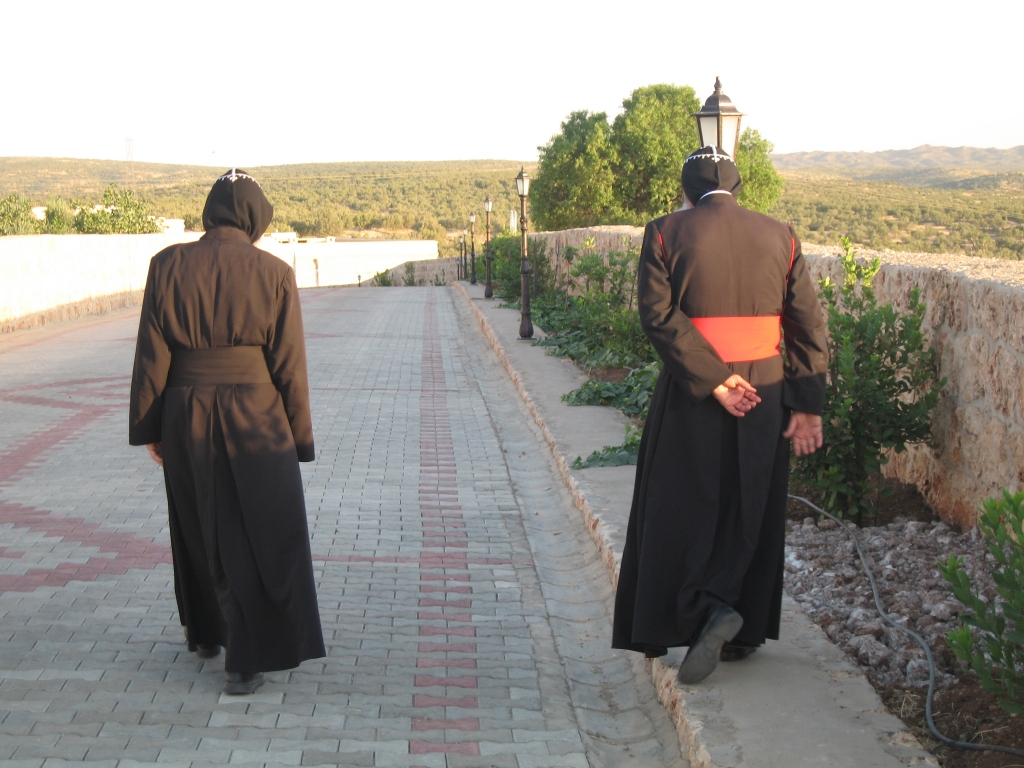Russia’s continued aggression in Eastern Ukraine, as well as the announcement on the addition of 40 new intercontinental ballistic missiles to its stockpile this year, have forced NATO to re-evaluate and adapt itself to a more challenging and volatile security environment. NATO, over the past year, has responded with a firm stance against these violations and in 2015 is set to implement its largest reinforcement of collective defence since the end of the Cold War. After many years of relative peace, NATO has increased its military presence in the Eastern part of the alliance with more planes in the air, ships at sea, and troops on the ground.
Plans to increase NATO’s capacity were discussed at the Wales Summit in September 2014, where Allied leaders approved a Readiness Action Plan that would double the size of the NATO Response Force, from 13,000 to 30,000, in order to ensure a swift and firm response to new security challenges. It was announced this past Wednesday, amid Russia’s recent violations of the Minsk Agreement,, that this number would increase to 40,000. To pay the costs of expanding its forces, national leaders agreed to stop defence cuts, increase spending as their economies improved, and aim to spend 2% of their GDP on defence within a decade. However, NATO’s June 22 report concerning defence expenditures data for 2014 and estimates for 2015 revealed that only 5 of the 28 members have met the 2% target.
 The five members to spend at least 2% of their GDP on defence include The United States, far exceeding the target with 3.6%, Greece, The UK, Estonia, and Poland. Many saw their budgets maintained from the previous year while eight members’ defence expenditures actually fell. For Canada’s part, the percentage of GDP spent on defence is now hovering at 1%, the lowest since the 1930s. Overall NATO spending is set to decrease by 1.5% to roughly $893 billion. The U.S. itself is not immune to this downward trend, with 2015 expenditures at 3.6% of GDP, down from an average of 4.4% in George W. Bush’s second term. In a recent speech, the U.S. Secretary of the Air Force called on Britain and other NATO countries to put an end to the “downward trend” in defence spending and accept that “security does not come for free”.
The five members to spend at least 2% of their GDP on defence include The United States, far exceeding the target with 3.6%, Greece, The UK, Estonia, and Poland. Many saw their budgets maintained from the previous year while eight members’ defence expenditures actually fell. For Canada’s part, the percentage of GDP spent on defence is now hovering at 1%, the lowest since the 1930s. Overall NATO spending is set to decrease by 1.5% to roughly $893 billion. The U.S. itself is not immune to this downward trend, with 2015 expenditures at 3.6% of GDP, down from an average of 4.4% in George W. Bush’s second term. In a recent speech, the U.S. Secretary of the Air Force called on Britain and other NATO countries to put an end to the “downward trend” in defence spending and accept that “security does not come for free”.
The United States, which accounts for roughly 75% of the military spending by all NATO members, has long argued that European countries need to take more responsibility for their own defence. With the largest military in the world, and a willingness to intervene in many conflicts, the allies have come to depend on U.S. support as their budgets steadily decreased. Last May, former NATO Secretary General Anders Fogh Rasmussen warned that Europe was becoming a continent of “free-riders” under the umbrella of U.S. military protection.
Canada, as the U.S. neighbour and closest ally, has benefited from living under its umbrella more than any other country and to meet NATO’s goals for defence spending would need to double the current budget. Harper’s conservative government has consistently emphasized its commitment in supporting the Canadian Armed Forces, however spending in real terms is lower than when they came into office in 2006. Prime Minister Harper realized that the war in Afghanistan was increasingly unpopular among Canadians, many of whom felt that health care and tax cuts were more important than defence spending.
 Despite the heightened security risks, NATO’s 2% threshold has been criticized as an arbitrary number, not necessarily indicative to the quality of a nations defences. Some countries, such as Germany, that spends 1.2% of its GDP on defence believe it is more important to focus their military dollars wisely, on things such as weapons research and joining with other countries. In attempting to meet the target threshold, it is likely that many countries will deal with significant waste and mismanagement of funds. NATO’s former Secretary General argued that the main impediments facing the European militaries are “duplication, poor readiness, and a lack of deployability,” all of which are not necessarily solved through increased spending.
Despite the heightened security risks, NATO’s 2% threshold has been criticized as an arbitrary number, not necessarily indicative to the quality of a nations defences. Some countries, such as Germany, that spends 1.2% of its GDP on defence believe it is more important to focus their military dollars wisely, on things such as weapons research and joining with other countries. In attempting to meet the target threshold, it is likely that many countries will deal with significant waste and mismanagement of funds. NATO’s former Secretary General argued that the main impediments facing the European militaries are “duplication, poor readiness, and a lack of deployability,” all of which are not necessarily solved through increased spending.
Living in the West in todays world it is often difficult to see clear threats to safety, and with many economies still struggling, persuading citizens to vote for such increases is no easy task. However, for NATO the 2% mark is not simply a number, but a message to nations like Russia and terrorist groups like ISIS that their commitment to defence will not cease. As an organization, it cannot continue to do more with less and the member nations need to honour their signed agreements in order to meet the current challenges to security.





